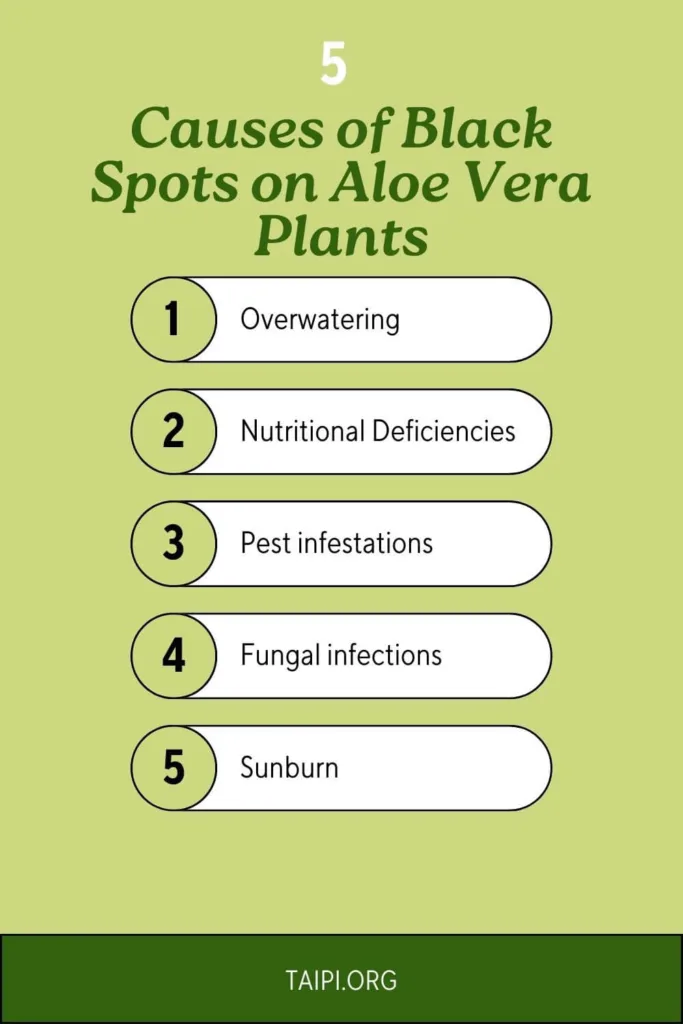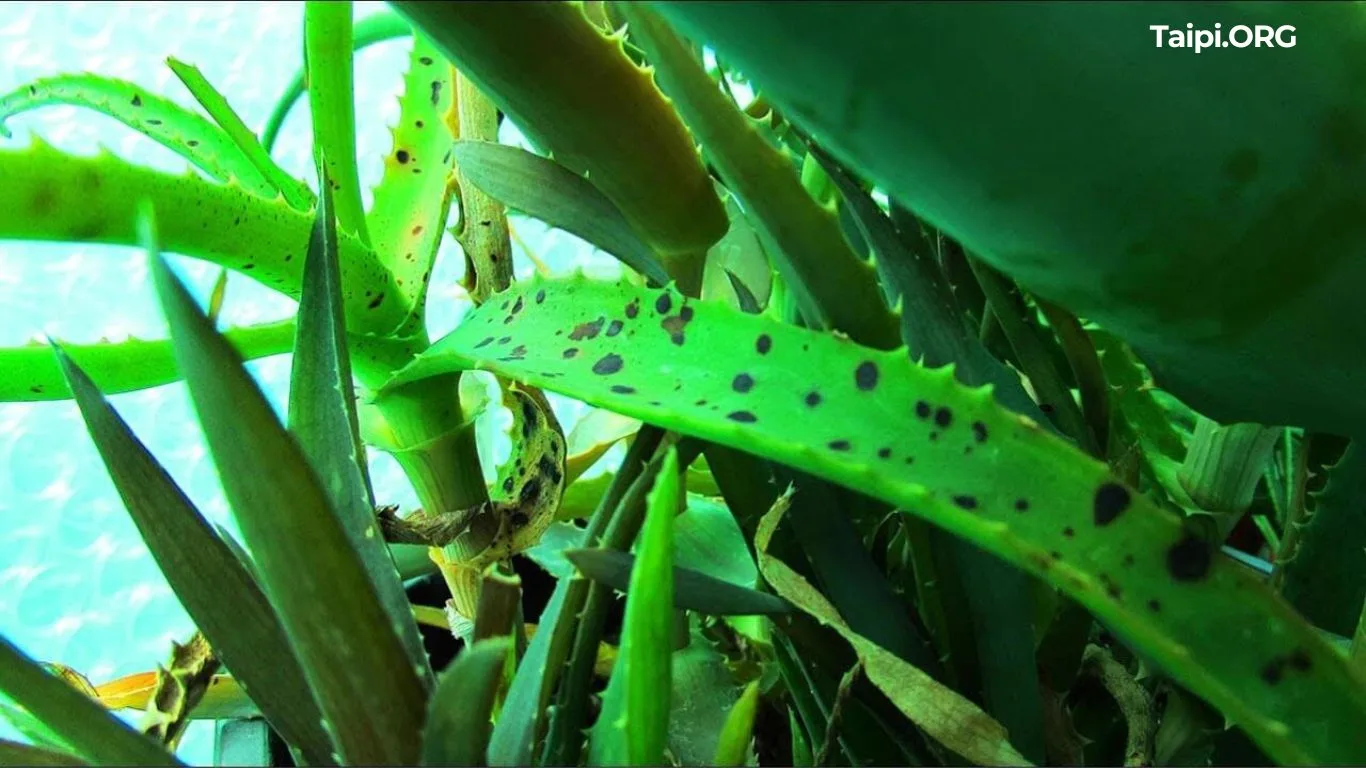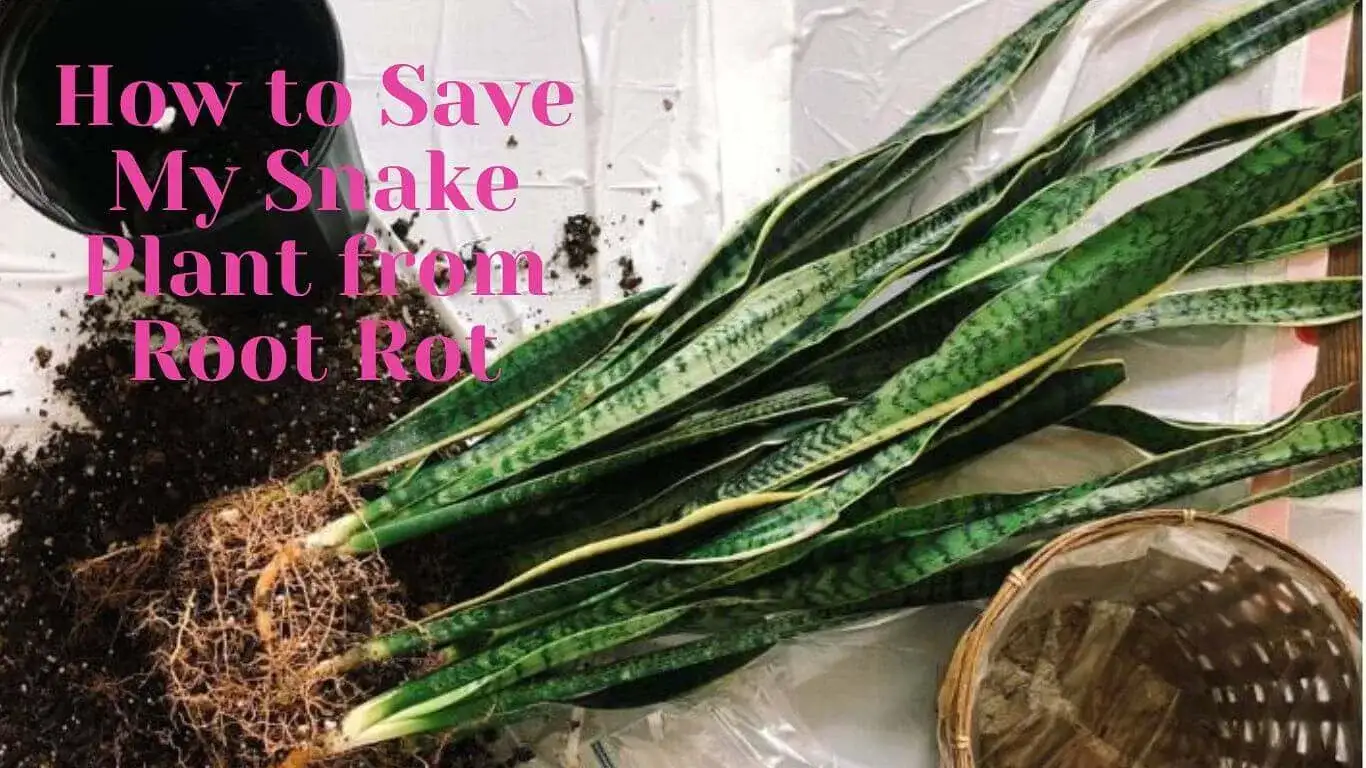Why Does My Aloe Vera Plant Have Black Spots?
THE ALOE VERA plant is renowned for its soothing properties and easy maintenance, making it a favorite among plant enthusiasts and health-conscious individuals. Perhaps you’ve seen slogans like ‘Aloe Vera for black spots’ in cosmetic stores around you. However, the appearance of black spots on their leaves creates concern and confusion among caretakers. These unsightly blemishes detract from the plant’s aesthetic appeal and raise questions about its health and vitality.
So, why does my aloe vera plant have black spots?
Short answer
Black spots on Aloe vera plant are caused by sunburn, overwatering, fungal infections, or pest infestations.
Long Answer
Black spots on your aloe vera plant can stem from various factors, each demanding attention and care to rectify. Firstly, overwatering is a common culprit.
Aloe vera plants are succulents that thrive in dry conditions, and excessive moisture can lead to root rot and the development of black spots on the leaves.
It’s crucial to ensure proper drainage in the pot and allow the soil to dry out between watering sessions to prevent this issue.
Moreover, sunburn can manifest as black spots on aloe vera leaves, especially if the plant is suddenly exposed to intense sunlight without proper acclimatization.
While aloe vera enjoys sunlight, it’s essential to introduce it gradually to avoid sunburn. Placing the plant in a location with bright, indirect light initially can help it adjust without succumbing to sun damage.
Additionally, fungal infections and pest infestations can also result in the appearance of black spots on aloe vera leaves.
Fungi such as anthracnose can thrive in moist conditions, while pests like aphids and mealybugs can weaken the plant and leave behind blackened areas as they feed.
Regularly inspecting your plant for signs of pests and promptly treating any infections with appropriate fungicides or insecticides can help mitigate these issues and restore your aloe vera’s health and vitality.
Compare: Black Spots on Pothos Leaves
5 Causes of Black Spots on Aloe Vera Plant

Here are the various known causes of black spots on aloe vera plant
Must read:
1. Overwatering
Overwatering is a common cause of black spots on Aloe Vera plant. Aloe Vera is a succulent that stores water in its leaves, making it susceptible to root rot if the soil remains consistently wet.
When the roots are waterlogged, they cannot absorb oxygen properly, leading to decay and blackening of the leaves.
To prevent overwatering, ensure that the soil is well-draining and allow it to dry out completely between watering sessions.
Adjusting your watering frequency according to the plant’s needs and environmental conditions can help prevent the formation of black spots caused by overhydration.
2. Sunburn
Sunburn can also result in black spots on aloe vera leaves. While aloe vera plants require ample sunlight to thrive, sudden exposure to intense sunlight can cause damage to the leaves, manifesting as blackened areas.
This is particularly common when moving the plant from indoor to outdoor environments without proper acclimatization.
To prevent sunburn, gradually introduce your aloe vera plant to direct sunlight, starting with short periods and increasing exposure over time.
Providing shade during the hottest parts of the day can also help protect the leaves from excessive sun exposure and minimize the risk of black spots.
3. Fungal Infections
Fungal infections, such as anthracnose and leaf spot, can contribute to the development of black spots on aloe vera leaves. These fungi thrive in warm, humid conditions and can spread rapidly if not addressed promptly.
Black spots caused by fungal infections often appear water-soaked and may spread across the leaf surface over time.
To prevent fungal infections, avoid overhead watering, as moisture on the leaves can create an ideal environment for fungal growth.
Additionally, ensure proper air circulation around the plant and remove any infected leaves promptly to prevent the spread of the fungus.
Fungicidal treatments such as the use of Bonide Captain Jack Copper may be necessary to control severe fungal infections and protect the overall health of the aloe vera plant.
4. Pest Infestations
Pest infestations, including aphids, mealybugs, and spider mites, can also lead to the development of black spots on aloe vera leaves. These pests feed on the plant’s sap, weakening its structure and causing stress.
As a defensive mechanism, the plant may produce black spots or lesions in response to the pest damage.
Regularly inspect your aloe vera plant for signs of pest infestation, such as tiny insects, webbing, or sticky residue on the leaves.
If pests are detected, treat the plant with insecticidal soap or neem oil to eliminate the infestation and prevent further damage.
5. Nutritional Deficiencies
Nutritional deficiencies, particularly in essential nutrients like magnesium and potassium, can result in black spots on aloe vera leaves. These deficiencies can occur due to poor soil quality, improper fertilization, or inadequate nutrient uptake by the plant.
Black spots caused by nutritional deficiencies often appear as irregular patches or streaks on the leaves. To address this issue, ensure that your aloe vera plant is planted in well-draining soil amended with compost or organic matter.
Additionally, fertilize the plant regularly with a balanced fertilizer formulated for succulents to provide the necessary nutrients for healthy growth.
Adjusting the pH level of the soil and monitoring nutrient levels can also help prevent nutritional deficiencies and minimize the risk of black spots on the leaves.
Black Spots on Aloe Vera Plants FAQs
Q: How can I prevent black spots from appearing on my aloe vera plant?
A: To prevent black spots on your aloe vera plant, ensure proper watering practices by allowing the soil to dry out between waterings and providing adequate drainage. Gradually introduce your plant to direct sunlight to avoid sunburn, and protect it from extreme temperatures. Regularly inspect your plant for signs of pest infestation and promptly treat any issues to prevent damage. Additionally, maintain optimal soil quality and fertilize your plant appropriately to prevent nutritional deficiencies.
Q: How do I treat black spots on my aloe vera plant?
A: Treatment for black spots on aloe vera leaves depends on the underlying cause. If overwatering is the issue, adjust your watering habits and ensure proper drainage to prevent further damage. For sunburn, provide shade or gradually acclimate the plant to direct sunlight. Address fungal infections with fungicidal treatments and improve air circulation around the plant. Treat pest infestations with insecticidal soap or neem oil, and remove any infected leaves. Nutritional deficiencies can be corrected by fertilizing the plant with a balanced fertilizer formulated for succulents.
Q: Can I still use my aloe vera plant if it has black spots on its leaves?
A: In most cases, aloe vera plants with black spots on their leaves are still usable, especially if the spots are superficial and the plant is otherwise healthy. You can still harvest and use the gel from the unaffected parts of the leaves for various purposes, such as skincare, wound healing, and soothing sunburns. However, if the black spots are accompanied by significant damage or indicate a severe underlying issue, it’s best to address the problem promptly to prevent further deterioration of the plant’s health.
Conclusion
In conclusion, Aloe Vera plant black spots can be attributed to a variety of factors, including overwatering, sunburn, fungal infections, pest infestations, and nutritional deficiencies.
Understanding the underlying causes of black spots is essential for effectively diagnosing and addressing the issue to ensure the continued health and vitality of your aloe vera plant.
By implementing preventive measures such as proper watering practices, gradual sunlight exposure, and regular pest monitoring, you can minimize the risk of black spots and maintain a thriving aloe vera specimen in your home or garden.
Prompt treatment of fungal infections, pest infestations, and nutritional deficiencies is crucial for preventing further damage and promoting plant recovery.
In nurturing your aloe vera plant, remember that proactive care, regular monitoring, and timely intervention are key to preserving its beauty and functionality.
With diligence and attention to detail, you can enjoy the numerous benefits of this versatile succulent while ensuring its long-term well-being as a cherished addition to your indoor or outdoor space.







